New York rewards curiosity but punishes guesswork, and many visitors only realize it after a few preventable missteps. This guide gathers practical lessons travelers learned the hard way, then turned into smarter habits for next time. Expect straight talk, specific places, and local context across the five boroughs and the wider state, so you can navigate confidently and enjoy more. Read on to save time, sidestep stress, and see the city with clear eyes and a lighter backpack.
1. Understanding the MTA at Rush Hour

First-time riders often underestimate how intense New York’s subway becomes as people commute to and from work. Platforms at Grand Central–42 St, 34 St–Herald Sq, and Atlantic Av–Barclays Center can feel overwhelming if you are unsure where to stand or which entrances are less crowded.
Planning door positions by checking car markers and consulting station maps speeds transfers and eases the crush. Modern OMNY readers simplify payment, but gates can still bottleneck when groups fumble cards together. Trains can skip stops because of congestion or re-routes, so checking the MTA app or platform screens before boarding prevents backtracking.
Weekends bring planned service changes that surprise visitors who rely on weekday patterns. If you need elevators, verify availability in advance, as not all stations are accessible. Small details like letting riders exit first and moving promptly into the car reduce friction and help you blend in.
2. Reading Street Food Queues Wisely

Popular carts like The Halal Guys by West 53rd Street often attract long lines that can confuse newcomers about speed and quality. A quick scan reveals how quickly staff assemble orders and whether the queue is steady or stalled.
Credible signs of safety include visible permits, clean prep surfaces, and gloves used correctly. Card readers are common but occasionally flaky, so a backup payment option prevents delays. Busy intersections demand extra awareness while waiting, since bikes and turning vehicles may clip the curb. If a line stretches across a sidewalk, stand single file to keep pedestrian flow moving.
Apps and recent reviews help confirm hours, since carts can shift spots because of construction or weather. Subtle timing, such as arriving just before typical lunch breaks, shortens waits without sacrificing freshness.
3. Mastering Museum Timing
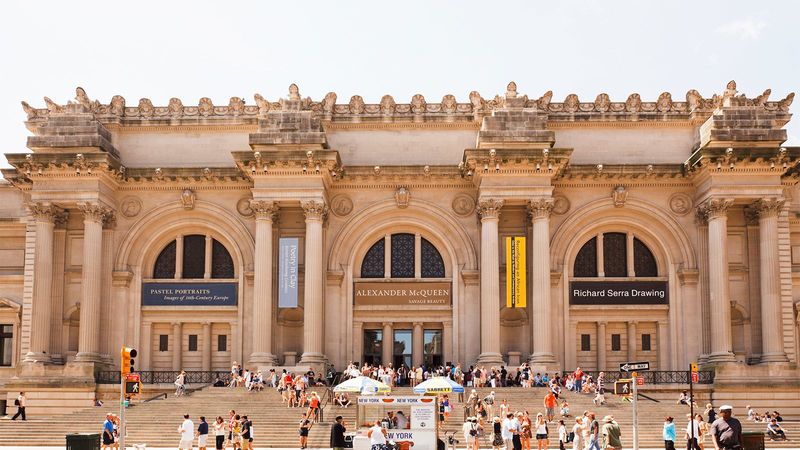
The Metropolitan Museum of Art, the American Museum of Natural History, and the Museum of Modern Art reward travelers who plan time blocks and routes. Lines swell around mid-morning and early afternoon, so early entry or late-day visits provide calmer galleries.
Checking special exhibition tickets and bag policies avoids last-minute locker runs. The Met’s vast wings are easy to overdo; a short wish list prevents museum fatigue. Free mobile guides and floor plans save steps, especially when traveling with children. Rotating exhibits mean that what dazzled last season may be different now, so scan schedules before committing a day.
Some museums extend hours on select days, a quiet window overlooked by most visitors. If you plan multiple museums, group them by neighborhood to reduce crosstown travel and maximize energy.
4. Walking Pace and Sidewalk Etiquette
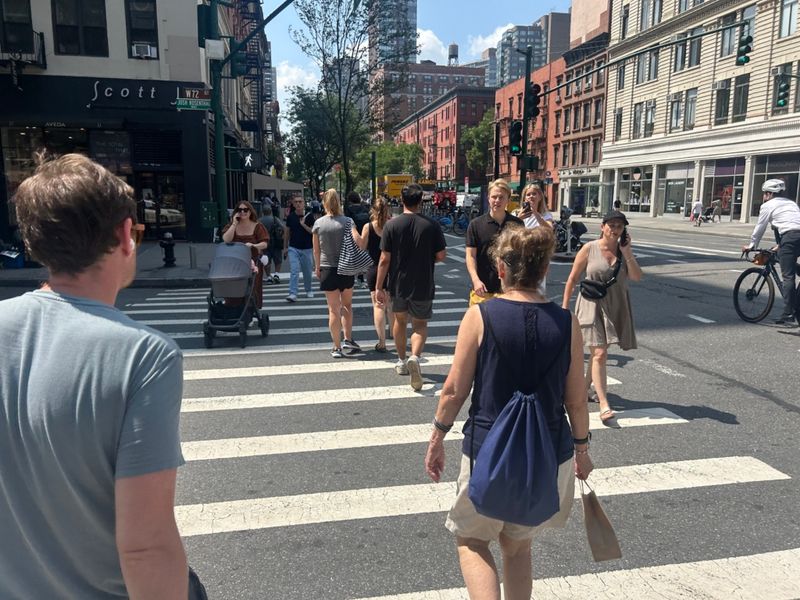
New York sidewalks move briskly, and newcomers quickly learn to match pace and keep to the right. Pausing mid-flow for photos at Times Square or SoHo crosswalks blocks traffic and prompts curt reminders. Step aside near building edges or within plazas to check maps or messages.
At intersections, give cyclists space in bike lanes and wait for signals; delivery e-bikes travel faster than expected. Stroller users and travelers with luggage should avoid station stair bottlenecks by scouting elevator exits. Street performers draw crowds that can spill into traffic, so watch your bag and plan your exit.
Avoid blocking subway entrances where commuters funnel rapidly. A steady, purposeful stride and clear hand signals when changing direction make crowded walks feel smoother almost instantly.
5. Understanding Free and Timed Attractions
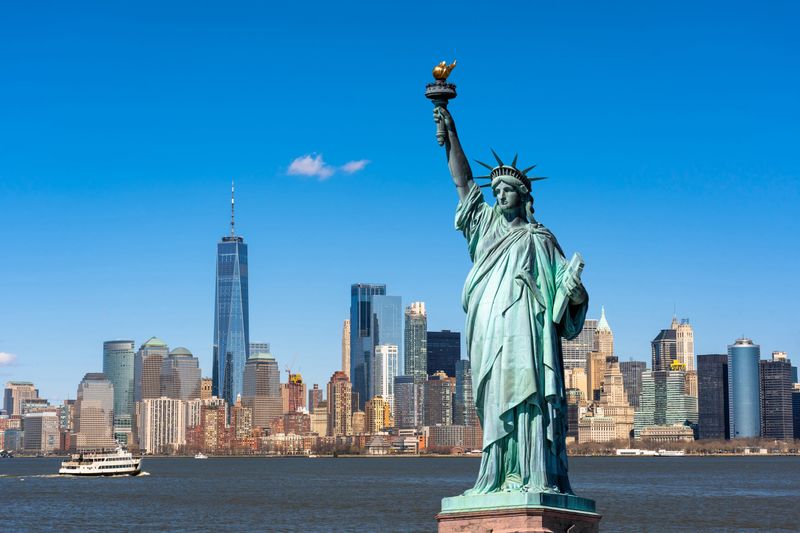
Many city landmarks use timed entry or require advance reservations, and travelers who wing it often miss preferred slots. The Statue of Liberty crown access and certain Summit One Vanderbilt and Edge time windows book out early.
Rockefeller Center’s Top of the Rock may offer better visibility at specific hours, which are easier to secure online. Free days at the Museum of the Moving Image or Brooklyn Museum can fill quickly, and lines still form. City-run sites publish schedules well in advance, and newsletters flag updates. If flexibility is limited, set calendar reminders for when new blocks of tickets release.
Having two or three backup attractions in the same area keeps days on track if weather shifts. Screenshots of confirmations help when cell service lags indoors.
6. Respecting Residential Blocks

Neighborhood charm in the West Village, Park Slope, and Astoria exists alongside daily life for residents. Travelers who keep noise down at night and avoid blocking stoops and doorways earn friendlier interactions.
Short-term rental rules vary, and choosing licensed hotels or registered stays reduces friction and legal risks. Trash collection schedules affect sidewalk space; rolling bags around piles can be tricky in early mornings. Local parks may have off-leash hours and playground rules that differ by time of day.
Small shops appreciate compact queues and quick payment readiness, since space is tight. Street cleaning times restrict parking, which matters for car rentals. A little awareness preserves the welcoming feel that draws visitors to these blocks.
7. Choosing Observation Decks Smartly
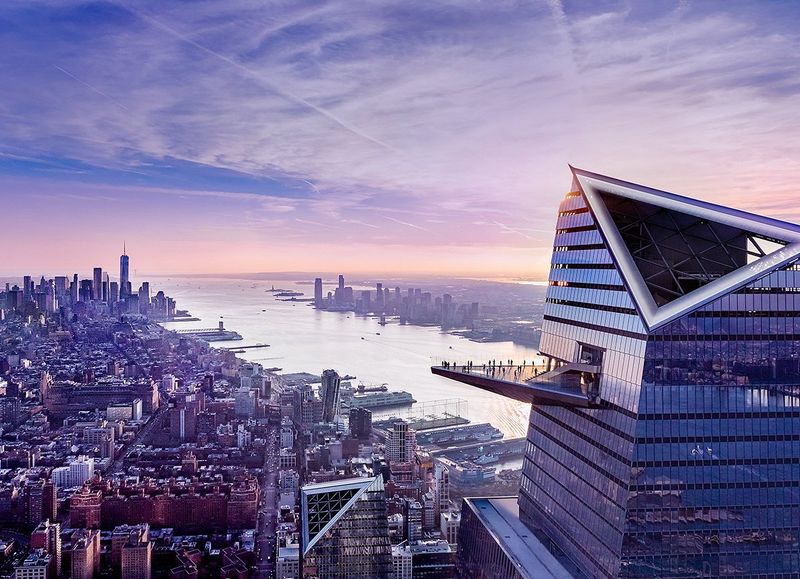
Newcomers sometimes visit multiple observation decks without realizing how views differ. Top of the Rock frames Central Park, One World Observatory highlights the harbor, and Edge offers dramatic outdoor angles.
Summit One Vanderbilt features reflective rooms that look striking in photos but can challenge those sensitive to bright light. Sunset slots are popular, and cloudy days change visibility more than people expect. Booking flexible tickets and checking live cams helps choose timing.
If you want night photos, bring a cloth to manage reflections against glass. Wind can be sharp on outdoor platforms, so reserves of warmth matter in colder months. Grouping a deck with nearby museums or neighborhoods makes better use of your day.
8. Broadway Tickets Without Stress
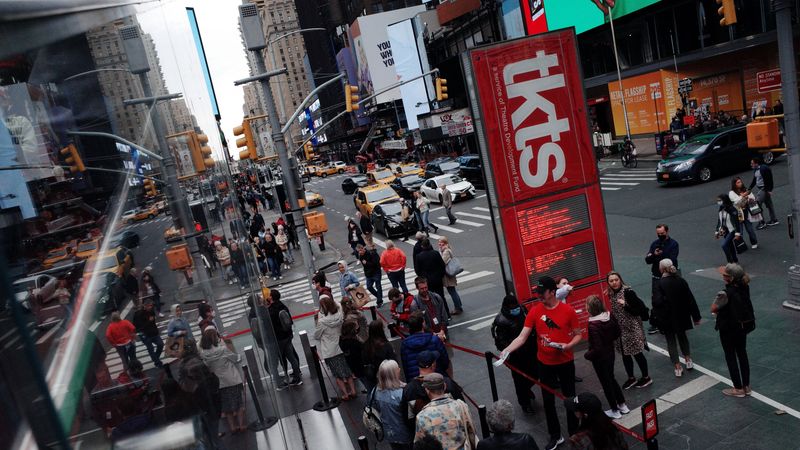
Visitors learn that buying Broadway seats works better with a plan than with last-minute hopes. Official box offices and recognized ticket apps list availability, seat maps, and digital policies that change occasionally.
The TKTS booth can help, but stock varies; arriving with several show options prevents disappointment. Some productions hold rush or lottery seats with rules posted on their sites and social channels. Theater District traffic peaks on weekend evenings, so allow extra time to pick up tickets and find your entrance.
Dress codes are flexible, but cooler theaters suggest carrying a light layer. If you prefer specific cast members, check schedules close to your date since substitutions occur. Respect ushers’ rules on late seating and photos to keep the performance smooth for everyone.
9. Borough Hopping with a Plan
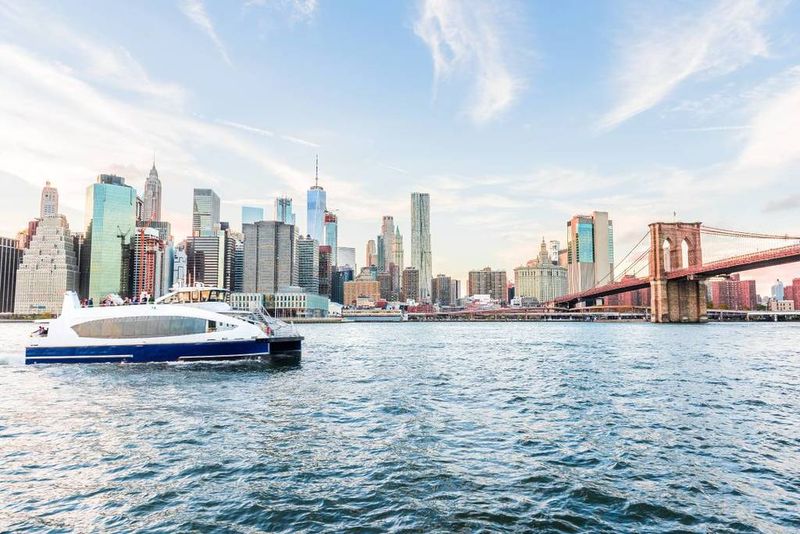
Travelers often underestimate the time required to traverse the boroughs. A day that covers the Bronx Zoo, Queens’ Flushing Meadows, and Brooklyn Bridge Park can dissolve in transit. Cluster activities by area to avoid long rides and transfers.
The NYC Ferry connects waterfront neighborhoods efficiently, and its routes differ from subway coverage. Reliable sources list service advisories that change seasonally or by event. If you must cross boroughs, anchor your plan around fixed-time activities and add flexible stops nearby.
In Staten Island, the free ferry offers skyline views but can see crowd surges during peak sightseeing hours. Build in margins so a delayed train does not unravel your schedule.
10. Parks and Greenways Outside Manhattan

Prospect Park, Pelham Bay Park, and Flushing Meadows Corona Park surprise those who equate New York State’s greenery only with upstate escapes. Each has its own rhythm, with weekend sports leagues, cultural festivals, and quiet corners.
Bicycle rules vary by path, so consult city maps before riding. Comfort stations and water refill points are spaced irregularly, making a quick plan worthwhile on hot days. Birding communities share sightings in these parks, and posted notices guide respectful behavior.
Some lawns close for reseeding after heavy use, and staying off restricted areas helps restoration. Lighted sections feel more welcoming after sunset, but checking local advisories remains smart. The city’s official parks site provides current conditions and event calendars.
11. Safety Without Overreacting
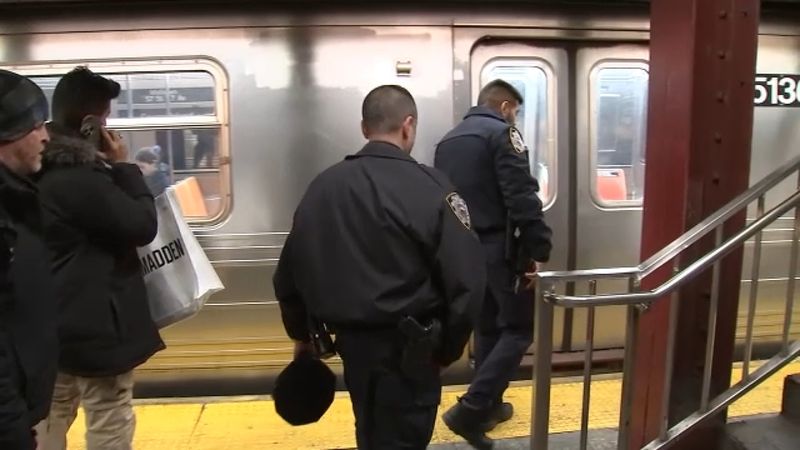
Visitors sometimes overcorrect after reading headlines, or they ignore basic precautions entirely. The balanced approach is simple: stay aware, secure bags, and avoid isolated areas late at night. Transit police and station cameras are common, and platforms display emergency contact points.
If a car feels uncomfortable, switch cars at the next stop near the conductor’s position. Keep valuables out of sight on crowded trains and sidewalks. Use official apps or reputable maps rather than following unknown links for directions. In urgent cases, 911 remains the standard, while 311 handles non-emergencies.
Most trips pass without incident when travelers trust instincts and make small, steady safety choices.
12. Cashless Moments and Backup Options

Many New York businesses accept cards and mobile wallets, yet occasional cash-only spots or outage moments still catch newcomers off guard. Small vendors at street fairs or independent coffee windows may have minimums or temporary offline readers.
Carrying a modest backup method and offline maps reduces friction if signal drops in subway corridors. Check receipts for automatic surcharges and tip prompts so you are not surprised. If your card requires bank alerts, set travel notices before arrival to prevent declines. Hotel holds can temporarily limit available credit, which matters if you plan large purchases.
Keep digital receipts organized in a folder for easy returns or expense tracking. Simple redundancy preserves your day when systems hiccup.
13. Understanding NYC’s Cultural Calendar
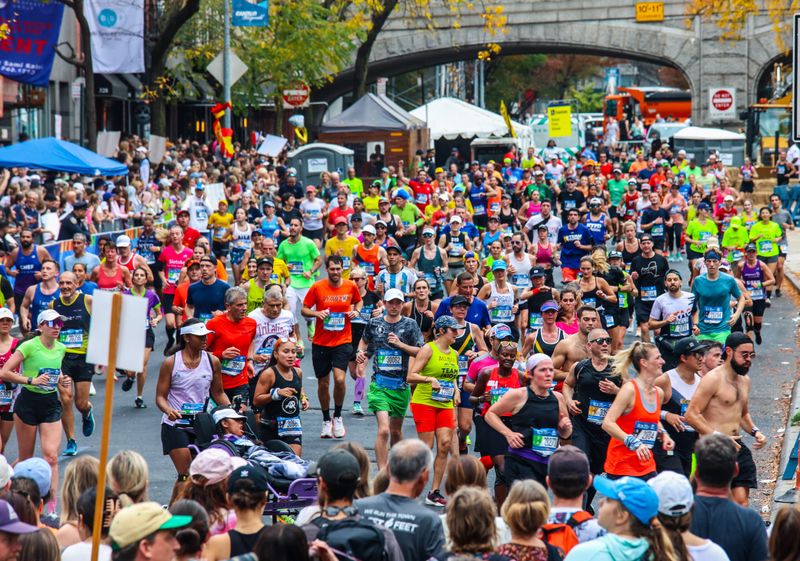
Festivals, parades, and sports seasons shape how the city moves. The U.S. Open, New York City Marathon, and major parades prompt street closures, packed trains, and hotel scarcity in nearby areas. Checking city event calendars helps you decide whether to join or avoid the bustle.
Museum nights, outdoor film series, and neighborhood fairs provide low-stress alternatives when crowds surge elsewhere. If you enjoy live music, reputable listings aggregate performances by borough and genre without hype. Restaurants often shift hours during major events, so confirm before heading out.
Local community boards and precinct social feeds post practical advisories that do not always hit national news. A quick scan the week prior creates smoother days.
14. Day Trips Across New York State
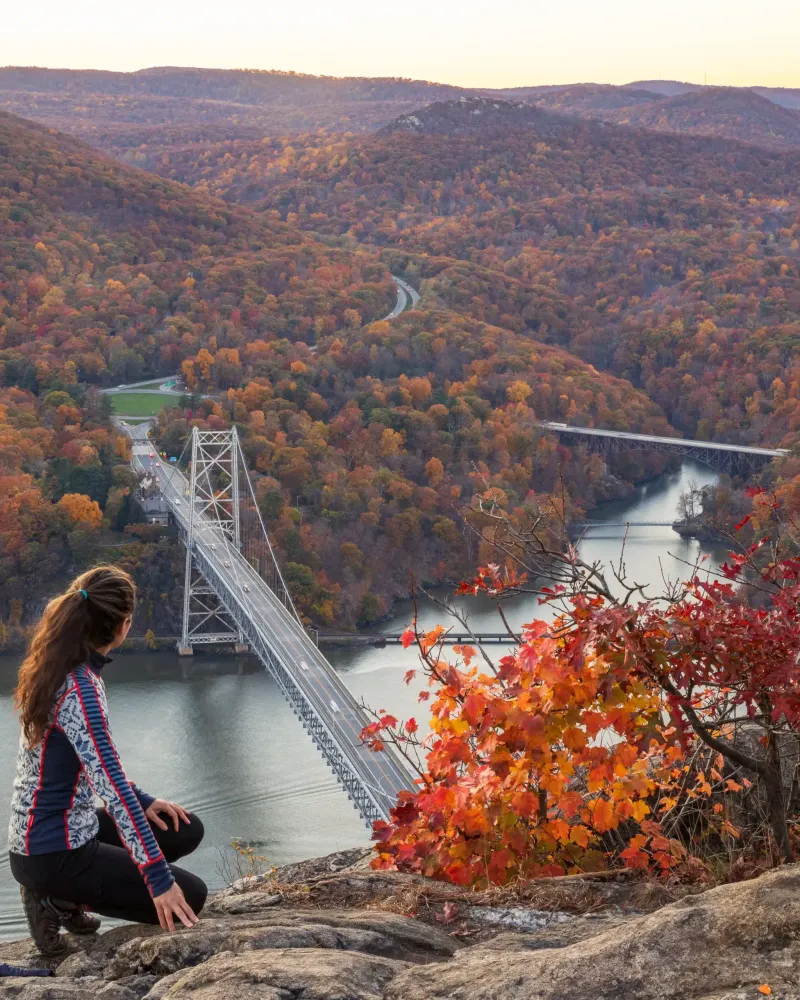
Many visitors find relief from city intensity with quick escapes across New York State. Metro-North and LIRR trains reach places like Cold Spring, Beacon, and Oyster Bay without car logistics.
State parks, riverfront walks, and historic sites offer different rhythms and quieter dining streets. Check return schedules carefully, since late services vary by line and day. Local tourism boards keep current maps and seasonal notes on trails and museum hours.
Weather shifts are more pronounced up the Hudson or on Long Island shorelines, so pack accordingly. If you plan a hike, verify trail conditions and sunset times to avoid rushed descents. These day trips refresh energy and add texture to a city-focused itinerary.
Dear Reader: This page may contain affiliate links which may earn a commission if you click through and make a purchase. Our independent journalism is not influenced by any advertiser or commercial initiative unless it is clearly marked as sponsored content. As travel products change, please be sure to reconfirm all details and stay up to date with current events to ensure a safe and successful trip.